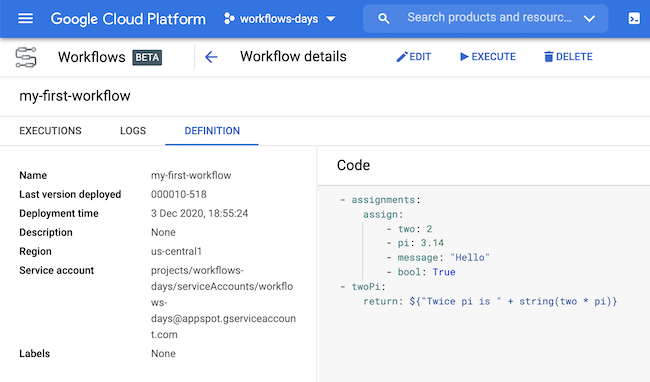Day 4 with Workflows — Jumping with switch conditions
In the previous articles about Google Cloud Workflows,
we talked about how to assign variables, create expressions,
and also how to jump from a step to another.
It’s time to combine both aspects to understand how we can do conditional jumps, thanks to the switch instruction.
Let’s start with a first step defining a variable, whose value we’ll use in our switch condition:
- assignement:
assign:
- number: 42
Then we’re going to create our second step that will use a switch instruction, with an expression:

